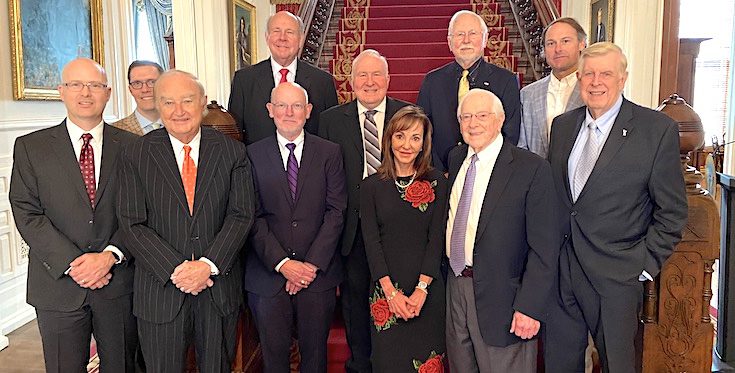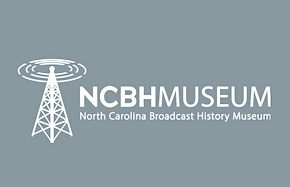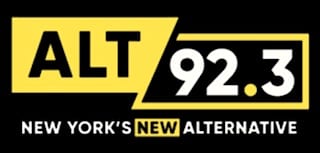NC Developing Broadcast Museum


North Carolina has a rich broadcast history, dating back to March 1902, when radio pioneer Reginald Fessenden transmitted a 127-word voice message from his Cape Hatteras transmitter tower to Roanoke Island. Fast forward to July 23, 1996, when WRAL-TV became the first television station in the U.S. to broadcast a digital television signal. The State has been and continues to be a wealth of pioneers and innovators in industry.


The Museum is seeking assistance from the public and broadcasting veterans to collect artifacts, documents, photographs and recordings that chronicle the history of prominent radio and television stations, broadcasters, programs and events. The Museum’s website, currently under construction, will serve as a digital repository accessible by the public that will grow in content and importance as items are gathered and displayed. Future plans include a brick-and-mortar facility.
Pictured, front row, (l-r): Coe Ramsey, attorney, Brooks Pierce Law Firm; Wade Hargrove, Carl Davis, Jr., Caroline Beasley, Jim Babb and Don Curtis. Back row (l-r): Noah Hock, attorney, Brooks Pierce Law Firm; Michael Weeks, Harold Ballard, Cullie Tarleton, and Jim Goodmon.








